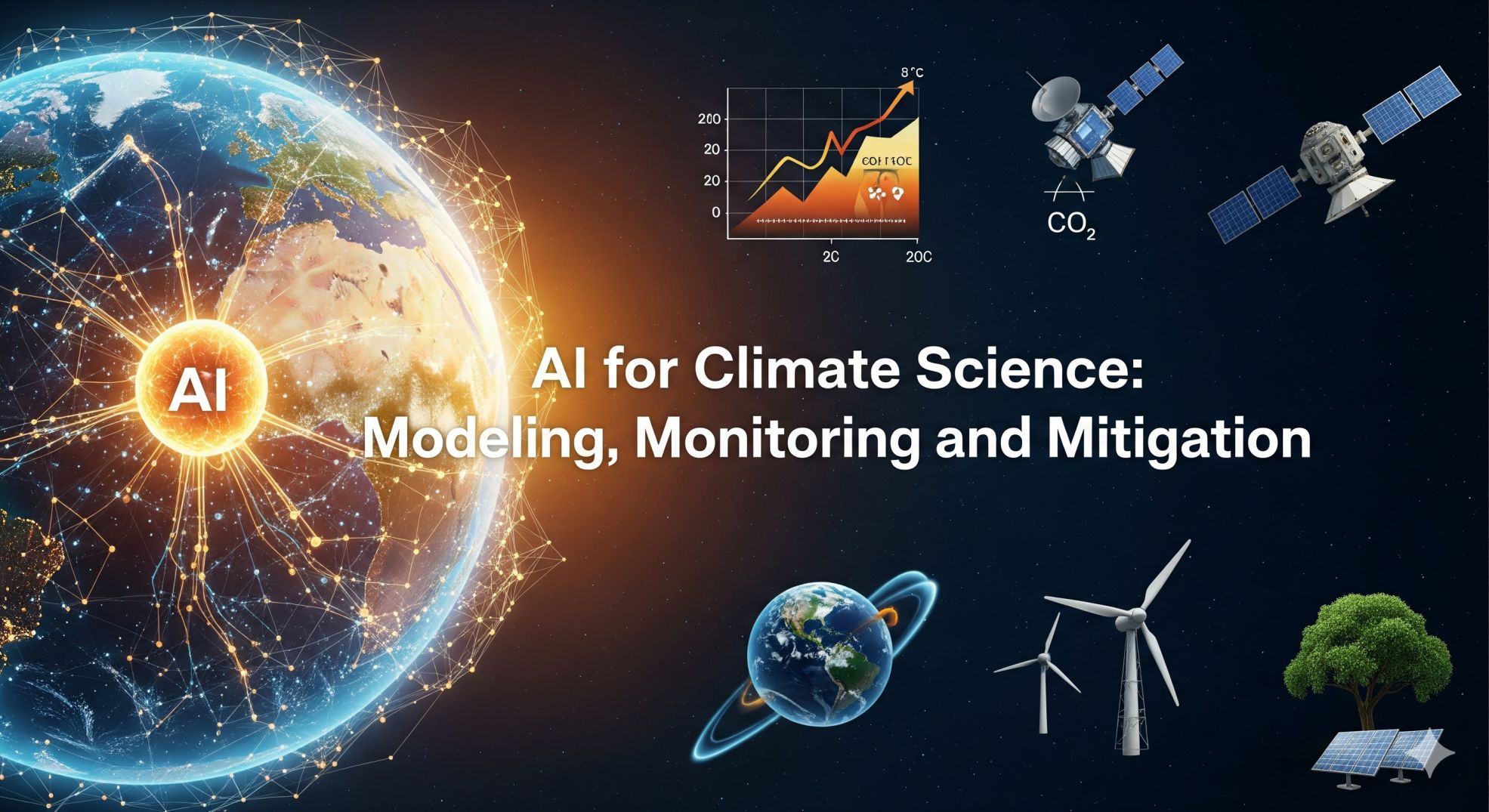London / Nairobi — Artificial intelligence is moving from experimental climate research into operational tools that help scientists, policymakers and industry actors model complex systems, accelerate monitoring, and design mitigation strategies. While AI is not a silver bullet for the climate crisis, it is proving to be a force multiplier across forecasting, emissions measurement, and optimization of energy systems.
In weather and climate modeling, machine learning augments traditional physical simulations by learning sub-grid processes and correcting systematic biases. Hybrid models that combine physics-based solvers with data-driven components can run faster while retaining interpretability for long-range projections. This speed-up enables more ensemble simulations, improving probabilistic forecasts and supporting risk-sensitive decisions for agriculture, disaster response, and infrastructure planning.
Satellite and remote-sensing analyses benefit substantially from AI. Neural networks process vast imagery streams to detect deforestation, map urban heat islands, and estimate methane leaks from oil-and-gas infrastructure with unprecedented granularity. These capabilities empower regulators and NGOs with near-real-time monitoring, helping to enforce environmental regulations and direct remediation efforts where they will be most effective.
AI also plays a growing role in emissions accounting and mitigation. Algorithms optimize grid operations to integrate higher shares of variable renewable energy, plan demand-response schedules, and forecast short-term renewable generation. In industry, AI-driven process optimization reduces energy intensity in manufacturing, while logistics algorithms trim fuel use through route optimization and load consolidation.
Yet the field confronts trade-offs. Training large models has a carbon footprint that must be weighed against their downstream utility; practitioners are increasingly measuring lifecycle emissions and preferring models optimised for energy efficiency. Data quality and accessibility remain barriers in many regions, particularly in the Global South, where sparse measurements limit model fidelity. Closing that gap requires investment in sensors, open data initiatives, and capacity building for local researchers.
Policy intersects with technology. High-resolution monitoring raises governance questions about surveillance, data sovereignty and equitable access to climate intelligence. Ensuring that innovations benefit vulnerable communities will depend on inclusive design practices and openness to local knowledge.
The practical impact is accumulating. Disaster response agencies use AI-enhanced forecasts and imagery analysis to allocate relief; utilities apply predictive models to avoid blackouts while accommodating renewables; conservation groups deploy automated change detection to prioritise interventions. As climate risks escalate, AI’s role is likely to expand — not as a replacement for policy action, but as a toolkit that amplifies human decision-making at speed and scale.










